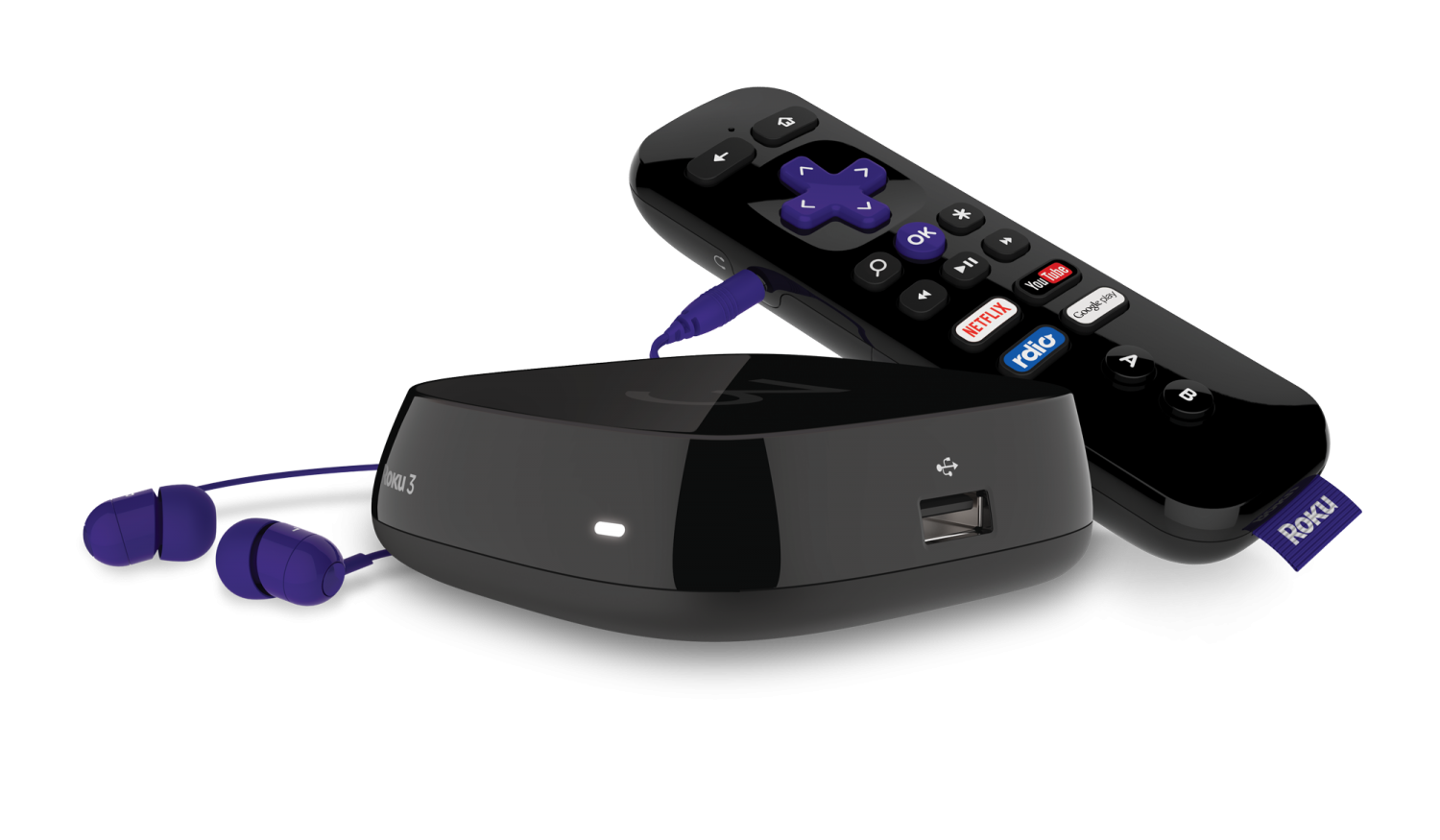Sitting in a sleek office at the Tangerine café in Toronto, Lloyd Klarke, director of product management for Roku, casually browses through a clean, and simple looking TV interface, remote in hand.
“We’re more agnostic, we [like to refer to ourselves] as the Switzerland of streaming,” he says, as familiar brands such as Netflix, Hulu and NBA Game Time begin to populate the distant LED screen.
His words echo confidence without the risk of it being misplaced, because for a long time now, the Roku streaming player has been the best answer to a lofty promise – that smart televisions will be the wave of the future.
The history of the smart TV can be a long one, but its progression can be best likened to that of a pubescent teenager.
It begins with that adolescent period of finding oneself, like the untimely moves made by Samsung and Sony to jump in the fray of internet-based TV sets, without actually having a practical approach. Pubescent attempts to discover its place within the industry made for clunky, confusing and generally irritating experiences.
The Roku generation that shares a competitive space with Chromecast (Google), Apple TV and FireTV (Amazon), however, has aimed to bring the “smart” to all TVs in small and external packages.
Klarke, along with Roku’s director of communications, Mike Duin, demonstrates some of the feature sets they have in store for their revised set of Roku set top boxes, fit for a release this month. They know full well that Canada remains just as important as their other increasingly growing markets as they introduce more revised features during their Roku press tour briefing.
One of the first noticeable attributes comes in the form of the Roku’s user interface and its quick snappiness. It underwent a major facelift over past versions and no longer features the sticky, icon carousel.
“We designed our core interface to be very simple to use as you compare it to the other so-called smart TVs or streaming devices,” says Klarke. “[It’s] less flashy, but that’s on purpose, because we want the interface out of the way and we want to get you to your content.”
This process has been made even easier with the introduction of voice controls built within a new generation remote. All it takes is a press of a button and an uttered name can produce instant results without any further navigation.
With keywords itemized by actor and film names, Roku has managed to build a database through a third party that serves as an encyclopedia of filmography, much like IMDB (internet movie database).
When combined with the seamless integration with the mobile app available on Android, iOS, and Windows, it provides for a perfect marriage of uninterrupted watching and searching.
Many of the same features present in previous models have been carried over, including the motion sensed elements in the remote, for game related apps, along with the aesthetic look, which appears identical to previous models. It’s the old case of, ‘if it ain’t broke, don’t fix it.’
Given Roku’s success as the market leader in video device providers – above Apple and other competitors – the approach doesn’t come as a surprise.
“What drives our business is primarily the engagement of the users. Everything we try to do tries to make it easier for the person sitting on the couch to enjoy entertainment faster and get to their [content] quicker.” – Lloyd Klarke
“Last year in 2014, we grew our streaming hours to 3 billion hours and it’s phenomenal because today we’re only in four countries, the USA, Canada, UK and we’re in Ireland; [despite that] small country footprint, we got a large streaming selection and large streaming hours,” says Klarke.
“What drives our business is primarily the engagement of the users. Everything we try to do tries to make it easier for the person sitting on the couch to enjoy entertainment faster and get to their [content] quicker.”
For those looking to ditch cable, it seems like Roku is providing even more incentives to do so, which will likely leave traditional television providers in a cold sweat.
Images provided by Roku Inc.





Comments are closed.